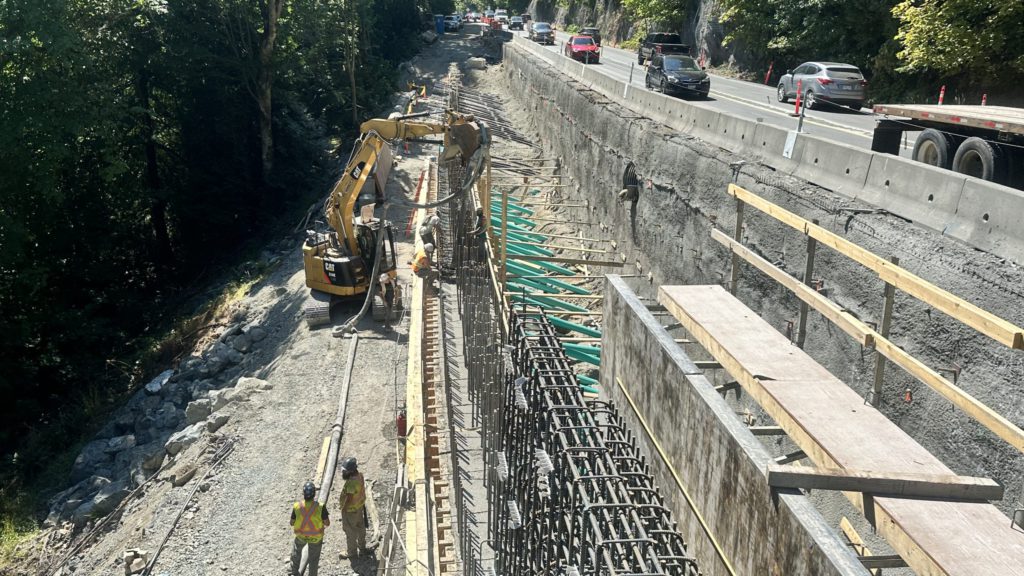
British Columbia’s transportation minister says 130 kilometres of highway that was severely damaged by flooding two years ago is now more resilient to extreme weather.
Rob Fleming says the stretch of the Coquihalla Highway, or Highway 5, between Hope and Merritt, B.C., is an example of a “new normal” for how infrastructure needs to be built.
A series of atmospheric rivers in November 2021 triggered mudslides and washed out highways and bridges that blocked almost every route between B.C.’s Lower Mainland and the Interior.
Fleming says the cost to repair the damage caused to Highways 1, 5 and 8 is somewhere between $1 billion and $1.5 billion, but 70 to 90 per cent of that is expected to be covered by the federal government’s disaster assistance program.
SEE ALSO:
- Malahat repairs complete after damage caused in 2021 storm
- Heavier rainfall brings risk of Highway 4 closures at Cameron Lake
Jennifer Fraser, executive project director for the highway reinstatement program, says six bridges on the Coquihalla were replaced over 17 months.
She says some bridges have been made longer to allow more water to pass underneath, and crews strategically placed rocks and vegetation to help fight erosion.
Fraser says the bridges are also on stronger supports, with the longest pile being driven 65 metres into the ground.
Fleming says one of B.C.’s most important trade corridors is now better able to resist future climate events.
“Our infrastructure has to be able to withstand extreme weather conditions. This is the new normal for the safety of our residents and the movement of goods throughout the province. This is an important infrastructure priority for British Columbia.”
This report by The Canadian Press was first published Nov. 15, 2023




